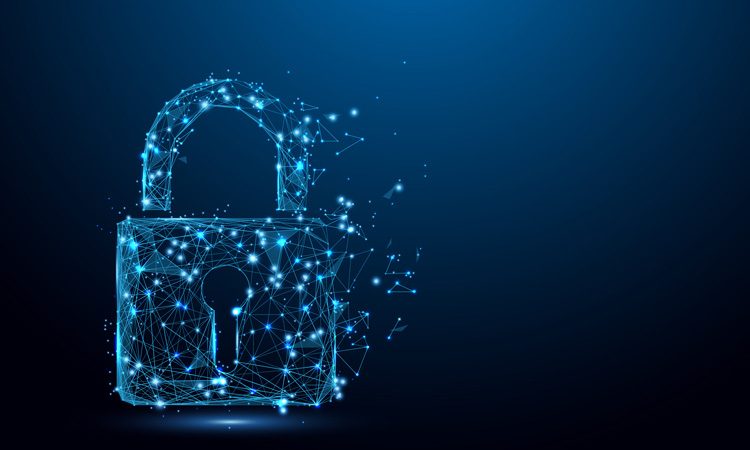Expert Panel: What are the main technological barriers regarding cyber-security?
Posted: 24 October 2019 | Matt Miller, Richard Thomas, Simon Moorhead | No comments yet
We asked this panel of experts: What are the main technological barriers the rail sector is faced with in regard to advances in cyber-security and how can they be conquered?




ERTMS and the Digital Railway programme present an interesting balancing act between retrofitting existing assets and deploying new technologies. However, these systems have lifespans in the order of decades, rather than the five or so years commodity hardware, such as smartphones, have – a challenge we are solving in the UKRRIN Centre for Excellence in Digital Systems.
One way to address this challenge is having so-called modular standards, where security can be improved over time, considering backwards-legacy for legacy systems which may not be able to meet new requirements just yet.
The sector also has a reliance on using existing technologies, e.g. GSM-R, a standard that is over 20 years old, and shows its age when considering its cyber-security ‘resilience’. Developing cyber-security into new standards (e.g. FRMCS) from the outset allows us to be proactive rather than reactive to secure our estate.


We interact with customers through ticket machines, physical stations and ticket offices, online channels and on trains. We have tens of thousands of staff members and many suppliers that support us, who need to be aware of cyber-security. Like many long-established industries, some of the hardware and software in everyday use by the railway is relatively old.
Cyber-security is at the forefront of our thinking when it comes to safety and delivering improvements. We’re investing in new on-train technology to benefit passengers with better information while meeting cyber-security standards. As we mix old with new, we’re seeking to provide a consistent interface to make things simple for customers, while adding extra controls between different systems and networks to keep them safe.
The UK rail industry is well advanced in implementing the Network and Information Systems Directive (NIS), designed to increase the security of network and information systems that support essential services within the transport industries and is closely aligned with our Rail Cyber Security Strategy.
An NIS priority is to ensure the cyber-security of the industry’s supply chain and one of our current initiatives is to implement a supplier accreditation service for key supply chain partners.
Cyber-security is a threat that can’t be conquered, but it can be kept at bay.


There are standard industry best practice approaches, consistent with Critical Infrastructure Protection (CIP) architectures used by other national scale networks, such as utilities.
Replicating data from highly secure ‘siloed’ systems (i.e. control rooms) with a cyber de-militarised zone (DMZ) is one common practice. Along with other standard security barriers such as firewalls and uni-directional gateways, they strengthen enterprise architectures from cyber-threats and can be tailored to meet the risk, experience and asset profile of the organisation and reconfigured as they change. Data from IoT and other non-critical systems can either flow up into operations from secured networks and systems or directly into business systems and shared with operations with any of the DMZ architectures.
Stay Connected with Global Railway Review — Subscribe for Free!
Get exclusive access to the latest rail industry insights from Global Railway Review — all tailored to your interests.
✅ Expert-Led Webinars – Gain insights from global industry leaders
✅ Weekly News & Reports – Rail project updates, thought leadership, and exclusive interviews
✅ Partner Innovations – Discover cutting-edge rail technologies
✅ Print/Digital Magazine – Enjoy two in-depth issues per year, packed with expert content
Choose the updates that matter most to you. Sign up now to stay informed, inspired, and connected — all for free!
Thank you for being part of our community. Let’s keep shaping the future of rail together!
Issue
Related topics
Related organisations
OSIsoft LLC, UK Rail Research and Innovation Network (UKRRIN)







